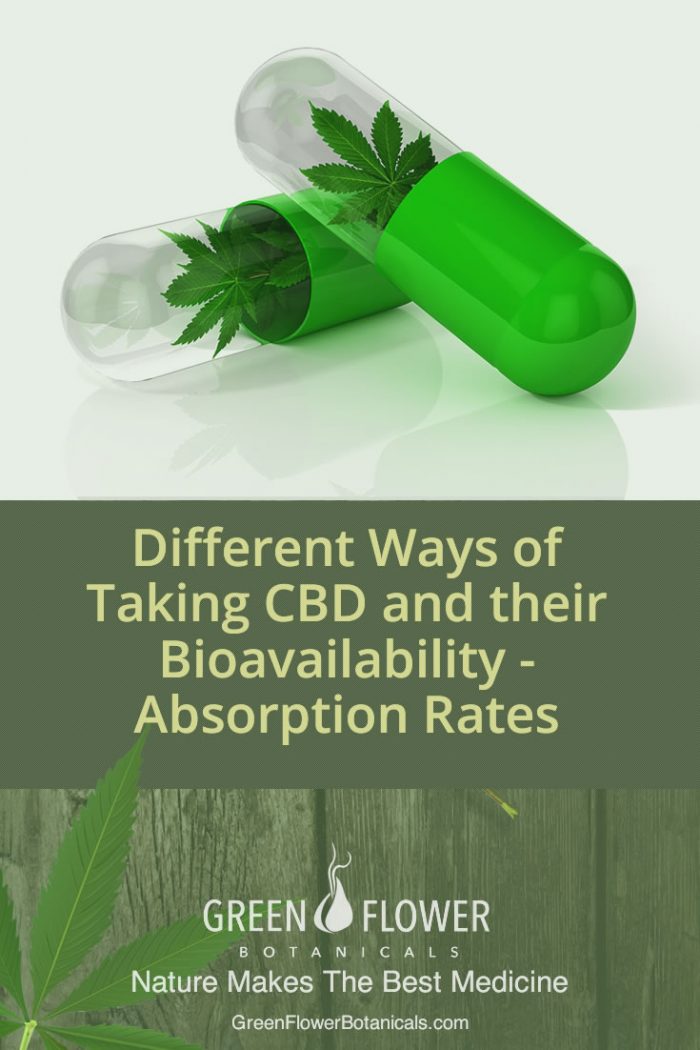Different Ways of Taking CBD and their Bioavailability – Absorption Rates
Cannabidiol (CBD) has been in the news more often than not in the past year, and for good reason. This compound that occurs naturally in cannabis, besides the famous THC is non-psychoactive and even better, come with a myriad of therapeutic effects. Scientists have been on a roll, learning more and more about CBD and how it interacts with receptors in our entire bodies to encourage homeostasis. There are many promising studies now suggesting that CBD could help with the control or even total elimination of certain symptoms including seizure activity in epileptic patients, anxiety, chronic pain, depression, cancer, nausea, sleep disorders, and many more. CBD also portrays anti-inflammatory and neuroprotective effects which may be beneficial to patients suffering from conditions such as arthritis and Alzheimer’s disease. But let us not get ahead of ourselves here. You see, before CBD provides all of its therapeutic effects, first it has to be absorbed into the body, and here lies the catch.
How CBD is absorbed into the bloodstream is highly dependent on the route of administration, in other words, how it is consumed. For instance, CBD can be ingested as an oil, placed under the tongue, applied topically or inhaled. All of these methods of consumption determine the rate and levels of uptake, distribution as well as the elimination of the compound from our systems.
The way you take CBD can therefore dictate how effective your CBD treatment will be at exhibiting its natural balancing effects. In this article, we will look at the different methods of CBD administration and how well they get absorbed into the body.
The absorption of CBD is simply the transfer from the site of administration into the system/bloodstream. Once in the bloodstream, it is transported through our entire bodies to interact with the CB1 and CB2 endocannabinoid receptors as well as non-cannabinoid receptors such as vanilloid receptor TRPV-1 and serotonin receptor 5-HT1A.
What is CBD’s Bioavailability?
By now, you may have noticed that CBD is being offered by various companies and in many different forms. These include CBD vape pens, lotions, tinctures, oils, capsules and many more. Each of these forms are used differently and also exist in different concentrations. All these can get very confusing, especially if you have never used CBD before.
Let’s face it, CBD can get quite expensive over time, therefore, it is only natural that we seek the administration methods that offer the most benefits at the least dosage. As such, whether you are a new or experienced user, questions such as how to take CBD, and which methods to use to get the most effectiveness after taking CBD, are always at the top of the list. While there are many factors involved, the main answer to both these questions has to do with what is known as the bioavailability of CBD.
In a nutshell, bioavailability refers to the rate and degree at which any substance is absorbed into the body. Apart from the concentration and amount of substance taken, bioavailability determines just how much of the substance will be available in your system to provide the expected results. For medications that are prescribed by doctors, part of the dosage calculation must include the drug’s bioavailability when establishing the standard dose.
CBD’s bioavailability is dependent on both the concentration and method of consumption of the CBD product in question. This leads us to the question of the day:
What is the best method of taking CBD?
Consuming CBD orally
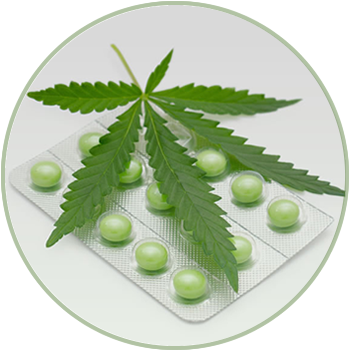 Most of us are familiar with how oral consumption works, and for those who do not, it’s simply consuming something via the mouth and through the digestive system. With regards to CBD, some of the popular oral consumption methods include CBD capsules, CBD edibles and CBD beverages.
Most of us are familiar with how oral consumption works, and for those who do not, it’s simply consuming something via the mouth and through the digestive system. With regards to CBD, some of the popular oral consumption methods include CBD capsules, CBD edibles and CBD beverages.
CBD capsules are normally taken as supplements and will contain 10 to 25 mg of the substance in a typical case. The specified amount makes it easy to dose on pills compared to other methods. Most users agree that it is one of the simplest ways of taking CBD due to the familiarity of taking other regular pills with water. CBD edibles may include baked goods, candy, etc.
Consuming CBD orally comes with its own set of advantages and disadvantages as well. Firstly, taking anything orally means it has to pass through the digestive tract and other metabolic systems. This will filter out a huge chunk of the CBD, reducing its bioavailability dramatically and taking longer before the effects can be felt.
According to a study carried out in 1986, CBD’s bioavailability when consumed orally was reported to be a mere 6%. Another 2009 report testing for the same indicated an absorption rate of between 4%-20%, depending on concentration. While both studies show significantly different results, they both show that oral consumption of CBD has a very low bioavailability, with a rate of 20% being the most optimistic after taking the most concentrated form of CBD.
To give you a rough idea of what this entails, eating a CBD edible, capsule or drinking a CBD beverage containing 100mg of CBD will deliver only 20mg to your bloodstream. This is more than an 80% loss, which if you ask me, is way too high to be sustainable in the long run. Do not get disheartened just yet though, there are more effective ways of taking CBD, just keep reading.
Consuming CBD Sublingually
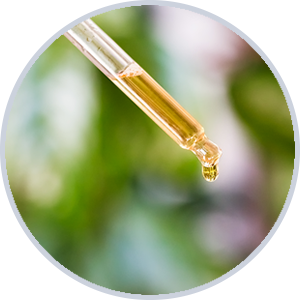 There is a vein called the sublingual gland right under the tongue. Interestingly, when a substance is placed directly on top of this gland, it gets absorbed directly into the bloodstream. This is what is normally known as sublingual administration, and it is one of the most popular ways of taking CBD, especially among young people. CBD can be consumed sublingually using CBD tinctures, sprays, concentrates and lozenges.
There is a vein called the sublingual gland right under the tongue. Interestingly, when a substance is placed directly on top of this gland, it gets absorbed directly into the bloodstream. This is what is normally known as sublingual administration, and it is one of the most popular ways of taking CBD, especially among young people. CBD can be consumed sublingually using CBD tinctures, sprays, concentrates and lozenges.
Tinctures are a common and almost standard form of taking CBD. They are mostly sold as pure CBD oil with a dropper that makes it easy to administer and dose properly. A tincture will need an oil base, such as coconut oil, to ensure the CBD is transferred effectively to the body.
Compared to oral consumption, consuming CBD sublingually is more direct and takes a shorter time for the effects to show. More importantly, sublingual consumption results to higher CBD bioavailability due to little loss of the substance. The only breakdown of CBD using this method would be caused by the enzymes found in saliva.
Due to the few factors that affect sublingual consumption of CBD, its bioavailability when taken using this method has been reported to be between 12%-35%. This is a significantly higher rate compared to oral consumption and can be sustainable for long term CBD use.
Vaporizing CBD
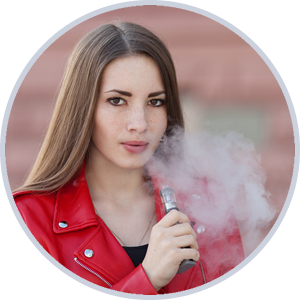 CBD can also be inhaled directly into the lungs after being vaporized typically using a vape pen, e-cigarette or other vaporizing devices. This method delivers CBD right into the lungs after which it is quickly absorbed into the bloodstream directly, resulting to very little breakdown of the CBD and very high bioavailability.
CBD can also be inhaled directly into the lungs after being vaporized typically using a vape pen, e-cigarette or other vaporizing devices. This method delivers CBD right into the lungs after which it is quickly absorbed into the bloodstream directly, resulting to very little breakdown of the CBD and very high bioavailability.
Currently, there are numerous studies showing that vaporizing CBD can achieve absorption rates of up to 34%-46%. Some studies have reported bioavailability of up to 56%, which means that vaporizing CBD is one of the most effective administration methods by far, especially compared to methods such as oral consumption.
Vaping is also easy to dose, and considering that the CBD oil is being vaporized at relatively low temperatures of between 320°F and 355°F (160-180°C), the vapor is safe for your lungs and does not contain impurities such as tar. Vaping is quickly becoming a popular way of taking CBD due to its convenience in dosing and the short time it takes to feel the effects. Additionally, carrying a vape pen is fairly simple, and most people prefer carrying one as opposed to a tincture, edibles, sprays or a bottle of CBD pills.
CBD Topicals
In conclusion, there are brands that have started including CBD into their topical products. CBD has shown some beneficial effects with regards to skin health. Among others, CBD can help reduce inflammation, pain, psoriasis, acne and even work as an anti-aging cream. This is so far the least common method of administering CBD and also results to the least level of bioavailability. To be on the safe side, look for products that use encapsulation, nano-technology or micellization to confirm that the product is indeed capable of penetrating the various dermal layers and provide the desired effects.
Conclusion
By understanding how CBD is absorbed into the body and how bioavailability works, we are able to not only choose the most effective ways to take our CBD, but also save lots of our hard earned money by avoiding methods that offer low bioavailability.
So, what is the best way to take CBD? I think that is a question only you can answer, good thing now you have all the knowledge you need to make the best decision.
[starbox id=MageroP]

